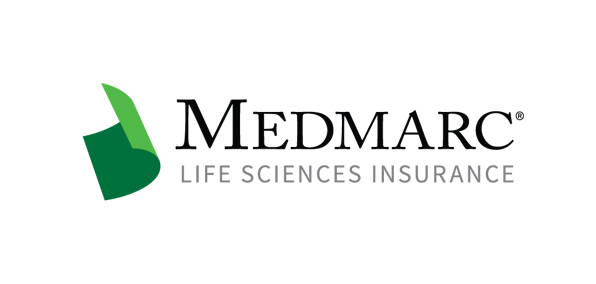User Fees Could Reach $1.9 Billion in MDUFA V
Negotiations between FDA and industry regarding the reauthorization of the Medical Device User Fee Amendments (MDUFA V) are complete and the final commitment letter summarizing the deal is expected to be submitted to Congress by the end of next week. However, MDUFA V is a substantially different plan than its predecessors. MDUFA V calls for an expansive new program for review of devices across the total product life cycle, but this expansion means that user fee totals could amount to nearly $1.9 billion over the five year term of the reauthorization, nearly double the amount collected under MDUFA IV.
FDA’s Center for Devices and Radiological Health (CDRH) faced criticism in hearings before the Senate’s Health, Education, Labor, and Pensions (HELP) Committee on both April 5th and again on April 26th over its failure to promptly post the minutes of device user fee meetings with industry. For example, the minutes from FDA-industry meetings held in September, October, and November of 2021 were not made publicly available until April 25th. Some HELP committee members objected to the lack of context available to them regarding the negotiations between industry stakeholders and FDA without access to the meeting minutes. This is a valid complaint, as the minutes include concerns expressed by stakeholders about repercussions like regulatory capture as a consequence of the ever-rising volume and expense of user fees. FDA attributed the delays to the overwhelming volume of work they have been managing during the pandemic.
One of the most significant changes introduced in MDUFA V is an advisory program focused on the total product life cycle (TPLC). Jeff Shuren, director of CDRH, had disclosed the agency’s interest in this TPLC advisory program (TAP) in 2021, but there were concerns among device manufacturers about agency assessment of MDUFA funding requirements, as the agency had carryover user fee balances remaining from MDUFA IV. Among other controversies straining relations between the agency and industry were the method used to calculate the average cost of a full-time equivalent employee (FTE), as well as whether the agency had made all the hires it had committed to under MDUFA IV.
If implemented, the TAP pilot program under MDUFA V will enroll 15 devices that have been granted breakthrough status for FY 2023, with the goal of mitigating risk in device development by improving premarket interaction between FDA and stakeholders. Another 45 devices will be entered into the pilot the following fiscal year, and the pilot could eventually enroll as many as 325 devices over the life of MDUFA V.
If FDA meets the goals set forth in its commitment letter, device manufacturers will collectively pay between $1.78 billion and $1.9 billion in fees over the five year term of MDUFA V. FDA made several commitments in the area of digital health, such as an expansion of FDA staff and additional staff training in areas such as artificial intelligence (AI) and machine learning (ML). The agreement also calls for a draft guidance on change control for AI products, as well as a final guidance on premarket submissions for device software functions.
The commitment also calls on FDA to expand its efforts in the area of regulatory harmonization with the International Medical Device Regulators Forum (IMDRF) and others. FDA has already begun the process of harmonizing the Quality System Regulations with ISO 13485, and the user fee agreement for devices would further these harmonization efforts by requiring FDA to collaborate regularly with other regulatory agencies across the globe. There is an emphasis in the user fee agreement on a harmonized premarket review process, as well as further alignment with IMDRF technical documents.
The goals for the number of applications eligible for pre-submission activity increase over time under the commitment, assuming certain benchmarks are met. However, the elapsed time for pre-submission activity is unchanged from the current status under MDUFA IV, with 90% of the affected submissions subject to the agreement receiving timely review from FDA staff.
FDA’s handling of deficiency letters will be revised, starting with an update to a 2017 guidance that will require FDA staff to be more specific about a supposed deficiency in a premarket application. Where possible, the agency will recite the specific guidance or rule pertaining to the deficiency, or alternately will provide details regarding the scientific question behind the deficiency. Deficiency letters will also undergo a supervisory review to ensure that the deficiencies are pertinent to the type of application involved (e.g., a 510(k) or PMA filing). The draft agreement also provides updates with regard to real-world evidence, patient engagement, and further use of consensus standards for evaluating device performance in premarket submissions.
MDUFA V must be finalized by Congress by September 30th, which is when the current version expires. As user fees represent more than 1/3 of the FDA budget for medical devices, passage of the reauthorization bill is critical for device operations at the agency.
For additional resources contact the Marketing department
Phone: 888-633-6272
Medmarc is a member of ProAssurance Group, a family of specialty liability insurance companies. The product material is for informational purposes only. In the event any of the information presented conflicts with the terms and conditions of any policy of insurance offered from ProAssurance, its subsidiaries, and its affiliates, the terms and conditions of the actual policy will apply.
Copyright © 2026 - Medmarc
